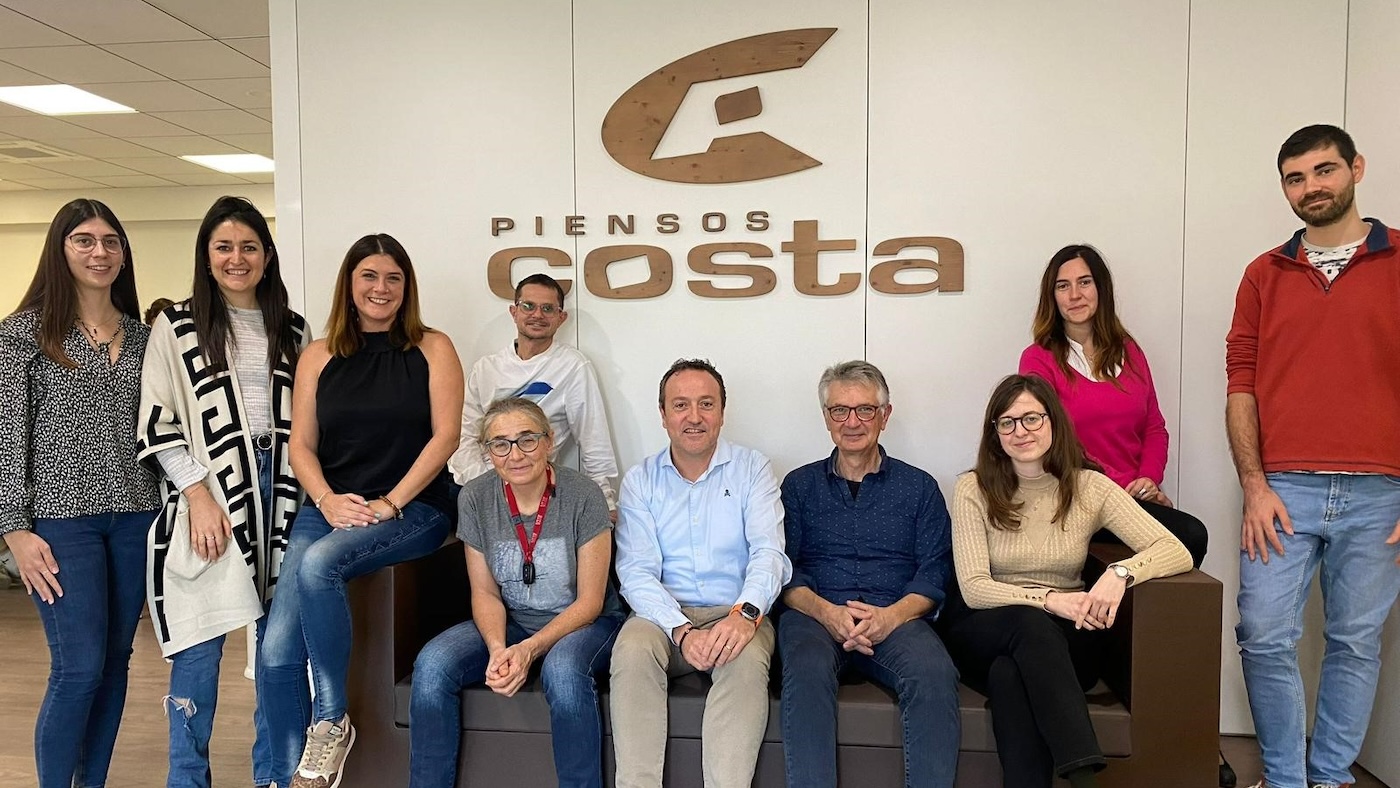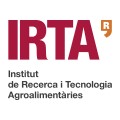IRTA: New stage of the animal protection project HAI 4.0 – Company news

 The analysis of animal behavior using artificial intelligence in human presence is at the heart of the HAI 4.0 (Human Animal Interaction) project, in which IRTA is participating.
The analysis of animal behavior using artificial intelligence in human presence is at the heart of the HAI 4.0 (Human Animal Interaction) project, in which IRTA is participating.
Following the completion of the first phase, the second phase begins and runs until April 2024, with the aim of further improving animal welfare and on-farm production by automating the collection of indicators that help improve the continuous assessment of welfare, and by making it available in near real time. It is also a response to one of the industry’s main challenges – consolidating and improving a production system that is increasingly respectful of animals.

The initiative is part of a consortium formed by companies, in which the Spanish Pig Producers Cluster (i+Porc), Ceva Salud Animal, Grupo Costa (Piensos Costa), Infoporc, IRTA and SIGMA EQT SERVEI (EQTIC, which belongs to the digital cluster) participate as project manager Catalonia). The project was financed by seeking assistance from the innovation business groups of the Ministry of Industry, Trade and Tourism. In fact, Stage 1 of HAI 4.0 received funding in the 2021 call from national funds (AEI2021), and Stage 2 of the project was submitted to the 2023 call under the Recovery, Transformation and Resilience Plan and was funded by European funds. Next Generation EU (AEI2023 MRR). The start of the second phase was approved with the support of the Ministry of Industry, Trade and Tourism.
HAI 4.0 uses artificial intelligence to measure animal welfare levels on farms using cameras. With their help, animal reactions are recorded for analysis by artificial vision using a deep learning algorithm based on the Welfare Quality protocol.® in order to be classified. The first phase involved modeling the tool, and the second will see progress in improving it to help continuously assess animal welfare on farms, generating automated, near real-time results. In addition, work will be done on the scalability of the tool, since it is more cost-effective in terms of time spent on algorithm calculations on servers.
Main new products of the second stage
Among the innovations of the second stage, the HAI assessment will be carried out taking into account new stimuli, such as the presence of people other than farm staff or the inclusion of background music. Also in scenarios such as fog cooling to relieve thermal stress at high ambient temperatures. In addition, work will be carried out to improve the performance of artificial vision and deep learning algorithms for recognizing animals and assessing their reactions. On the other hand, progress will be made in defining the “Friendly Human-Animal Interaction” or “Friendly Human-Animal Interaction” label for farms participating in this project.
The development of the HAI 4.0 project will provide benefits and positive impacts on an environmental level, such as increasing the level of immunity of animals or increasing the efficiency of resource use (food, water, energy) at sites. The results will also increase knowledge of the best protocols and guidelines for HAI interactions, as well as the best environmental conditions to ensure animal welfare.
Conclusions on stage 1
In the first phase of the project, in accordance with the recommendations of IRTA, Ceva and Infoporc, a complete assessment system was developed and tested at Piensos Costa sites. The system has physical equipment for recording and sending video signals, which captures the interaction of humans and animals on farms according to created protocols. These videos are subsequently processed by a machine learning-deep learning system created by EQTIC, which recognizes images of both operators and animals, their trajectories, and zoom in or out.
The system was able to detect, identify and track various people and pigs in a real farm environment and extract information in a reduced time. “The detection is good enough to produce surprisingly advanced tracking results,” the phase one findings said. Regarding the feasibility of continuing the project, “taking into account the results obtained, it can be ensured that the solution is technologically capable of being implemented in a real environment,” it adds.
December 6, 2023 – IRTA